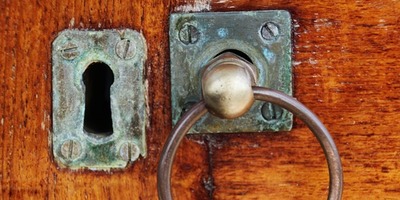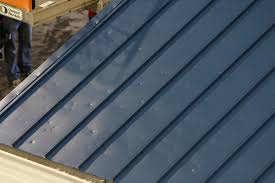Knowing the common problems associated with metal roof systems will help to prevent major issues from occurring that could result in costly repairs. Metal roofs tend to have fewer long-term problems than asphalt shingles or concrete roof tiles.
Leaking
Common events that can cause a metal roof to spring a leak include weather occurrences as well as installer errors like failed fasteners, failed seams, failed flashing, and problems with sealants. Another common problem is the inadequate use of installation details that guarantee the weather-tight warranty from the manufacturer.
Oil Canning
Also referred to as elastic buckling or stress wrinkling, oil canning is an inherent characteristic of most metal roof installations. It occurs when a standing metal system is overstressed making it unable to hold its flat form. This causes the metal to collapse which creates visible waves on the surface. If a panel is not installed according to specified dimensions of the building’s structure, it could generate oil canning.
Corrosion
Even though metal roofing is protected with coatings to defend against corrosion for decades, there are certain circumstances that could cause corrosion. Underside corrosion can occur if the metal is not properly coated on the underside of the panel. Saltwater corrosion can occur close to the coast. Cut edge creep is corrosion that can occur at the cut edges of the panels.
Dissimilar Materials
Combining different metals can lead to interactions resulting in early degradation and potential failure of the entire roofing system. Certain metals are affected when in contact with materials like copper, bricks, iron, concrete, and treated lumber. If a metal roof is in contact with one of these and an electrolyte in the form of water is introduced it will lead to galvanic corrosion of the anode.
Chalking and Fading
Chalking is a whitish residue that appears on coated or painted metal panels due to the resin in the paint being broken down by UV exposure.
Fading occurs when the paint pigment breaks down due to pollution, UV rays, or chemicals which results in a change of color. Uneven fading happens because not all panels on a roofing system are equally exposed to the sun and other elements. The degree of chalking and fading will depend on the environment and the substances the metal is subjected to.
Installation Errors
Many problems can stem from installation errors such as loose screws, poorly attached flashings, or missing accessories. These miscellaneous errors are completely unpredictable and the only way to avoid them is to choose a reputable roof installer.

